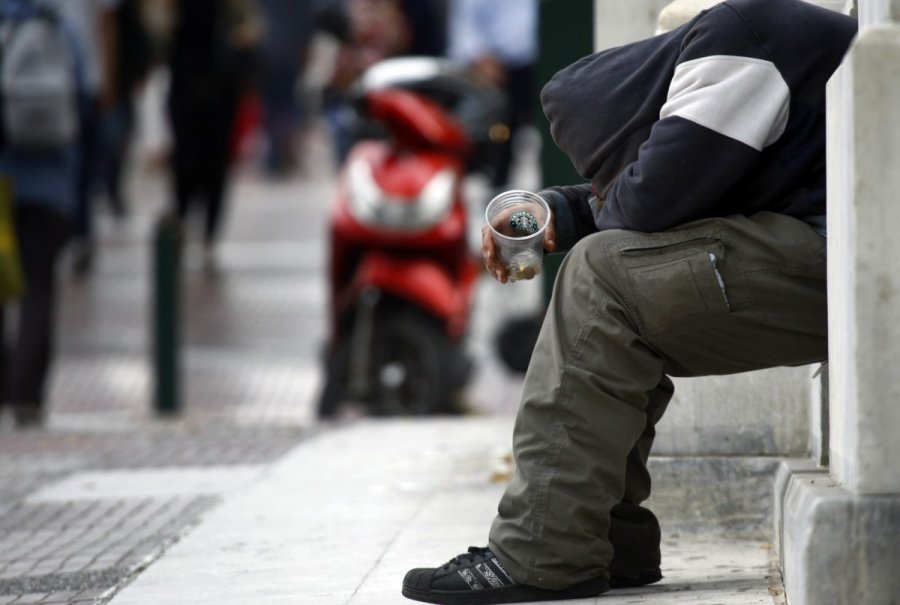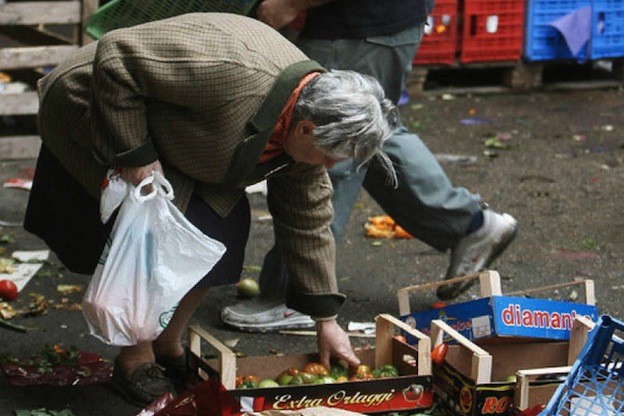Brussels – Those who have difficulties eating regularly or cannot turn on heating or air conditioning whenever needed know the risk of poverty, which afflicts 19.9 million children in Europe. Eurostat takes a census of children in economic distress, and the figure that emerges is that at the end of 2023, one in four (24.8 percent) of those under 18 was at risk of poverty. A figure that remained “relatively stable compared to 2022,” according to the European Statistical Institute, highlighting a problem yet to be solved.
At the member state level, Romania (39 percent), Spain (34.5 percent), and Bulgaria (33.9 percent) are the countries with the highest rates of minors struggling with economic hardship. They are followed by Greece (28.1 percent) and Italy (27.1 percent). In terms of numbers, this translates into nearly twenty million people across the EU, but more importantly, the ranking changes. The major eurozone economies also have the highest number of children at risk of poverty, namely France and Germany (both with just over 3.5 million under 18), Spain (2.7 million) and Italy (2.5 million).
There is one encouraging comparison, however: comparing 2022 and 2023 data, the slight 0.1 percentage point decline that Eurostat records translates into a slight improvement in conditions for 100,000 individuals: many fewer children were at risk of poverty from one year to the other, in Italy, 189,000 fewer. However, there was an increase in Spain (+164 thousand) and Portugal (+40 thousand). These are weak signs of a turnaround, considering that between 2021 and 2022, on the other hand, the number of young and very young people in trouble increased.
English version by the Translation Service of Withub![Un minore in condizioni di indigenza [foto: Wikimedia Commons]](https://staging.eunews.it/wp-content/uploads/2024/07/Poor-in-bogota-640x375.jpg)






